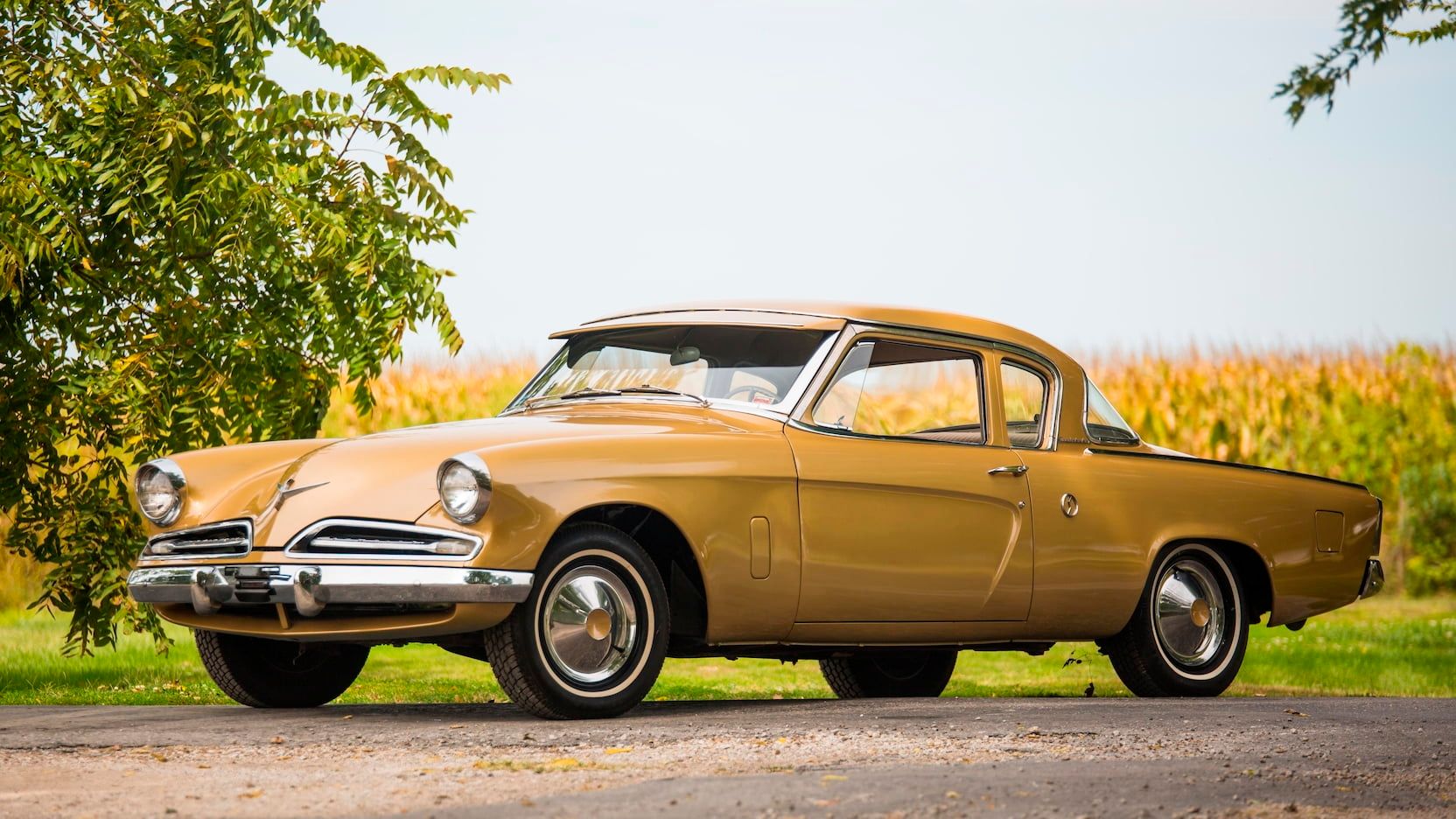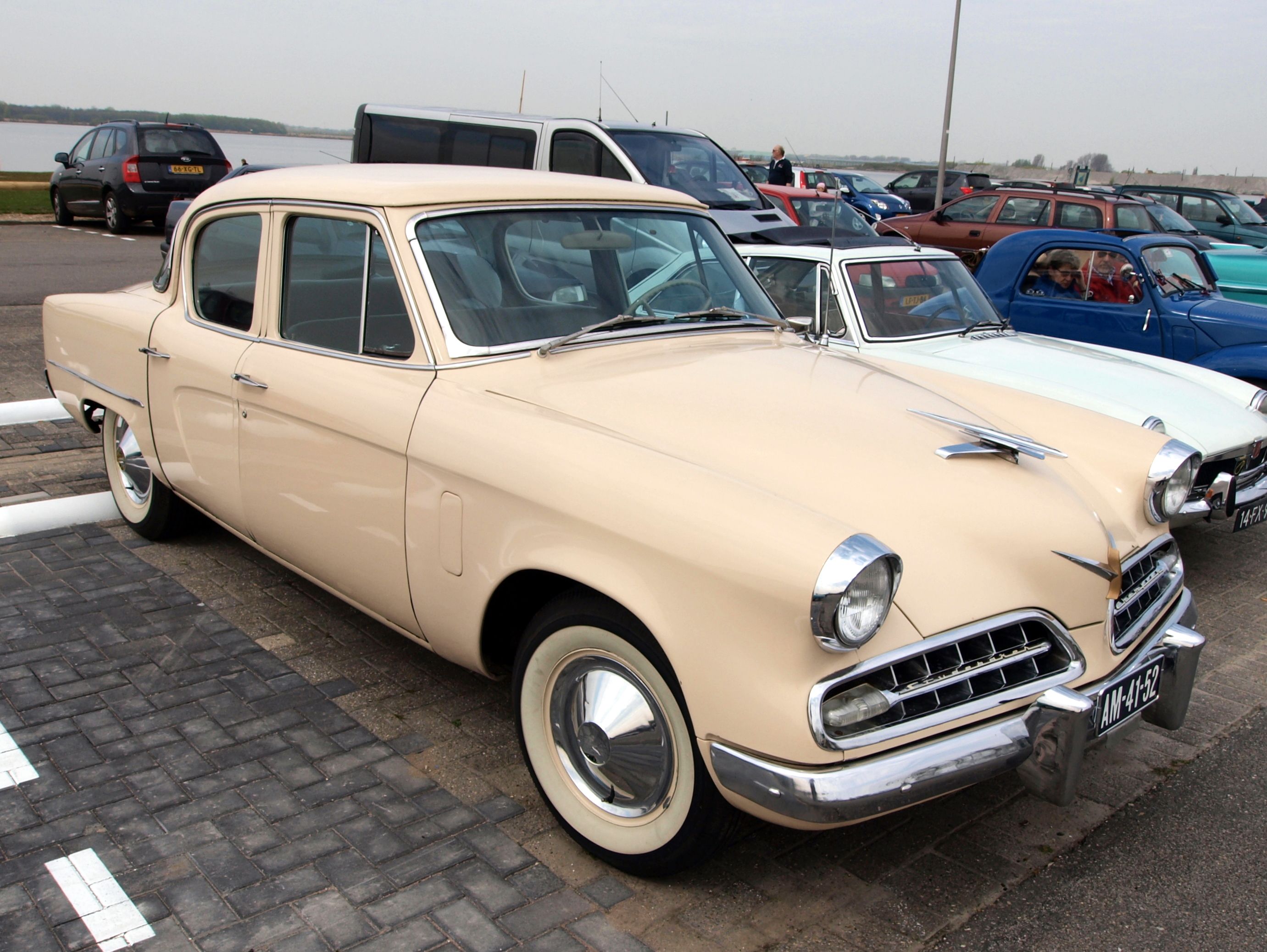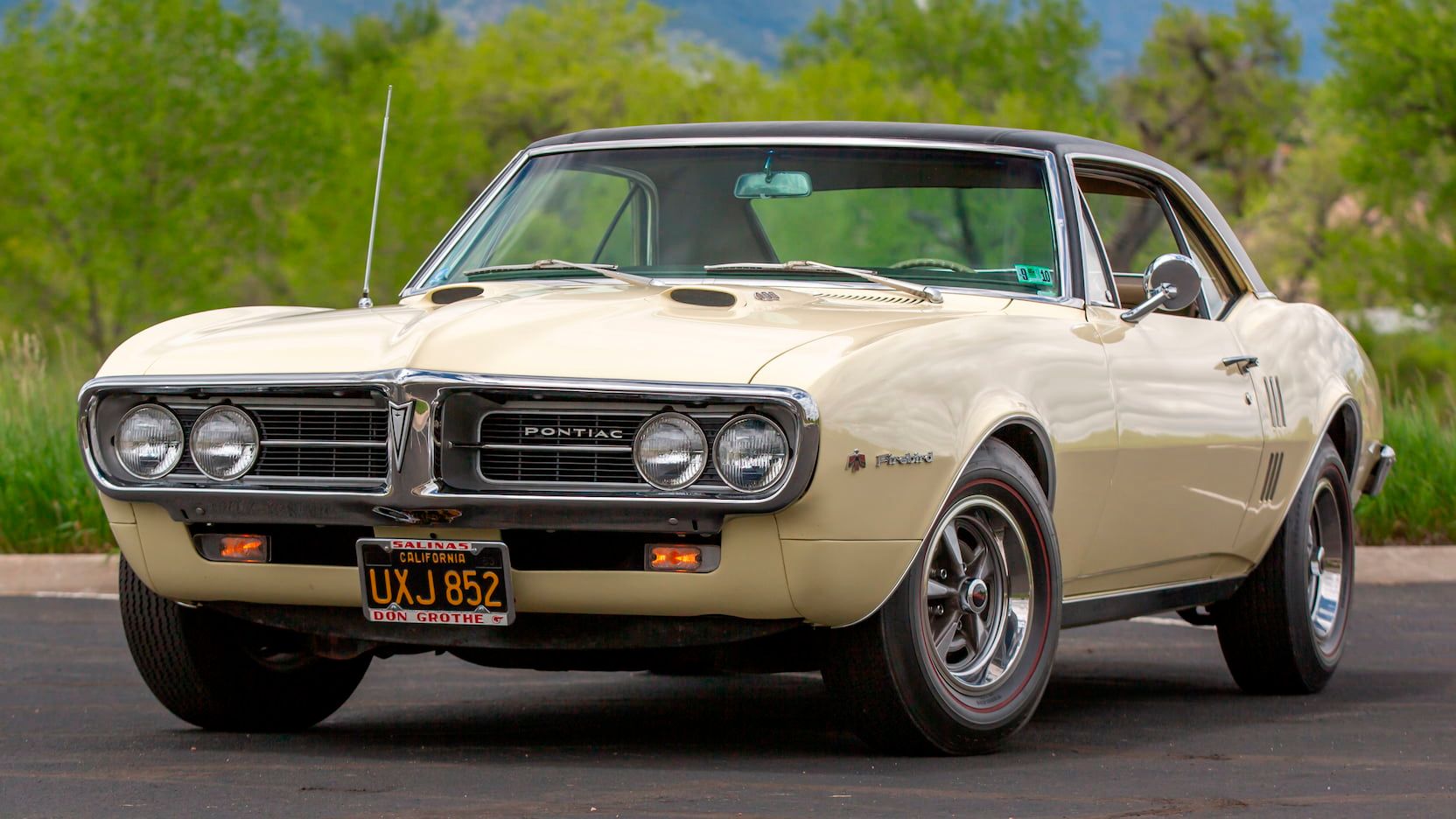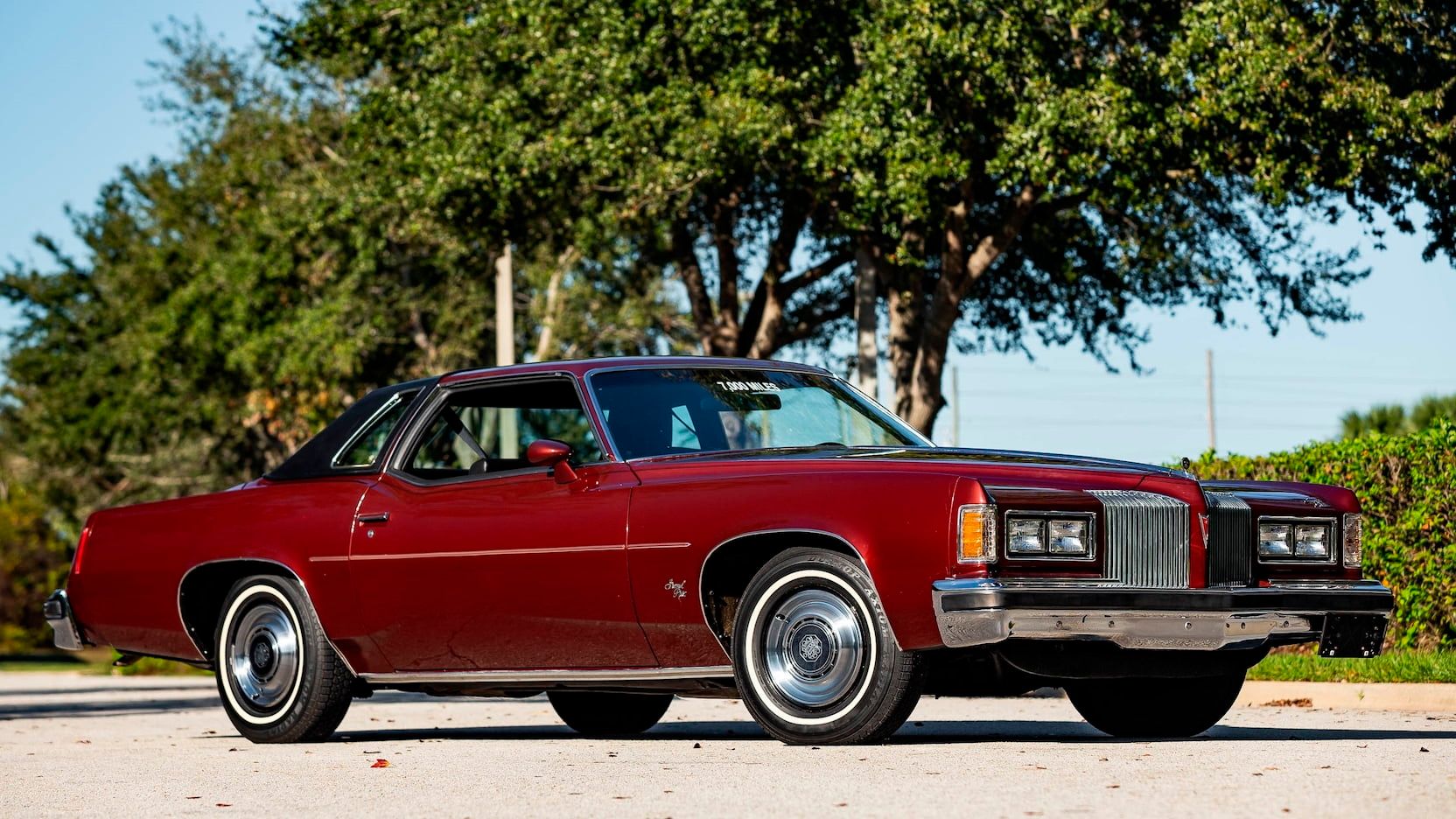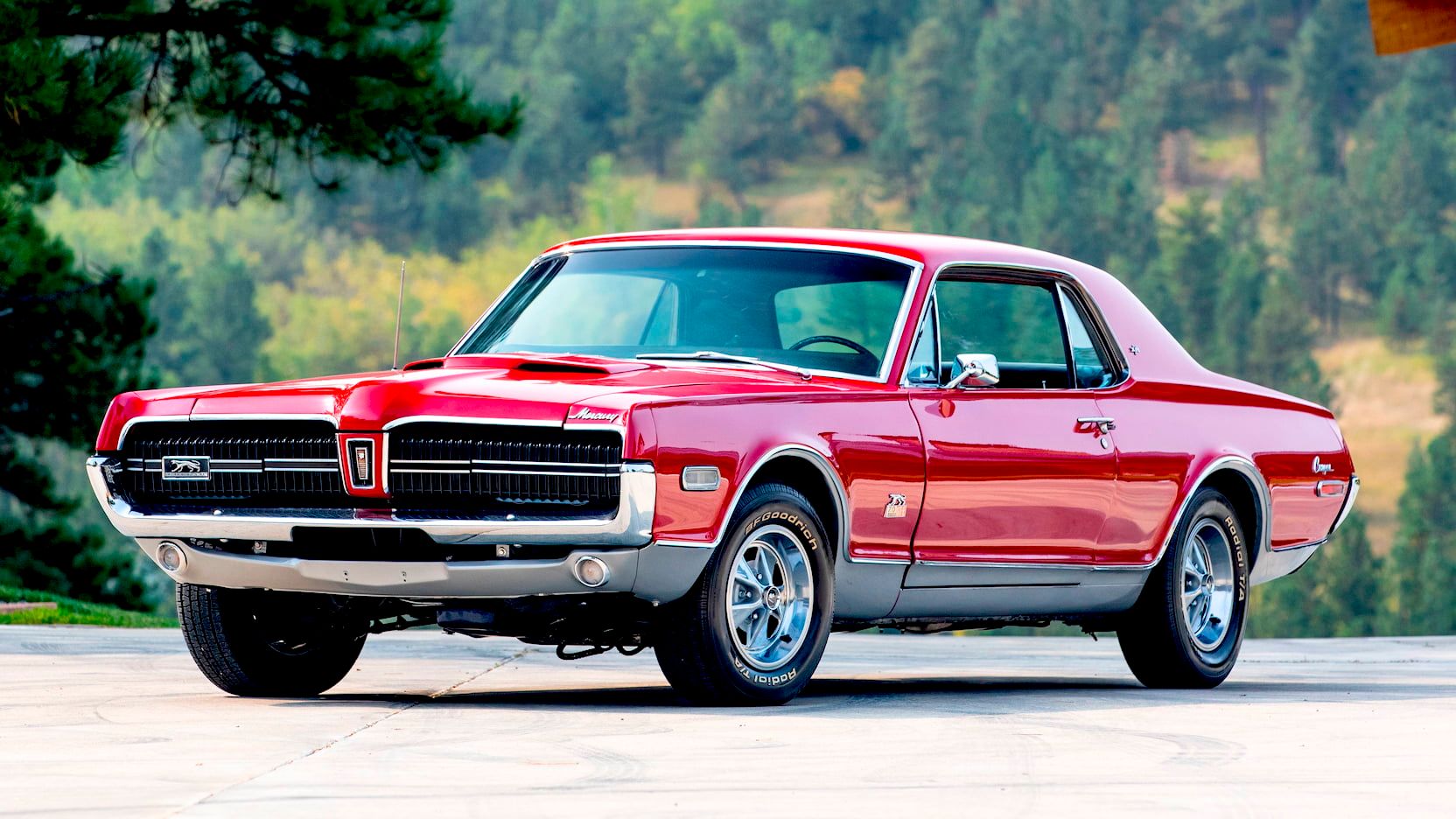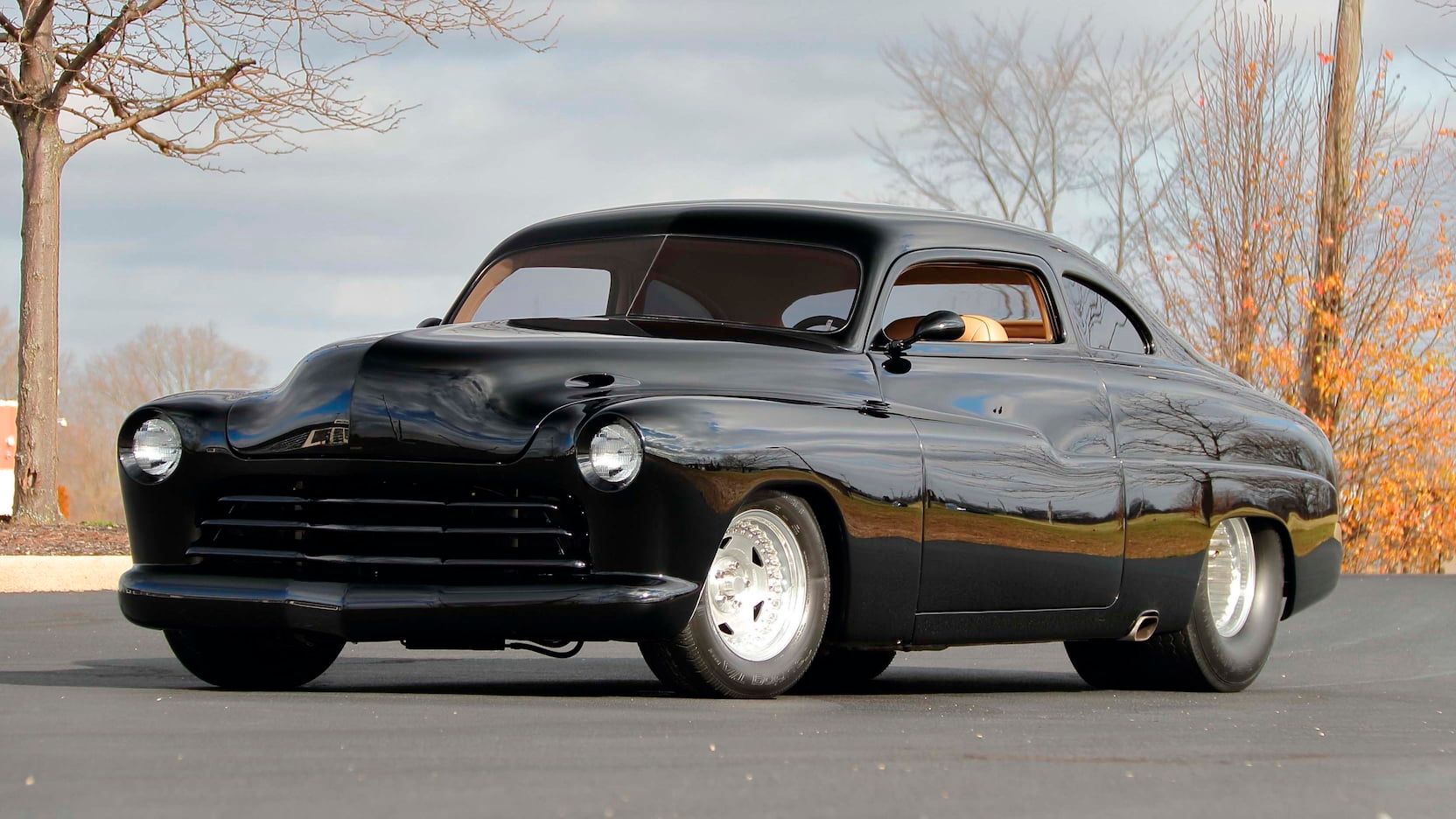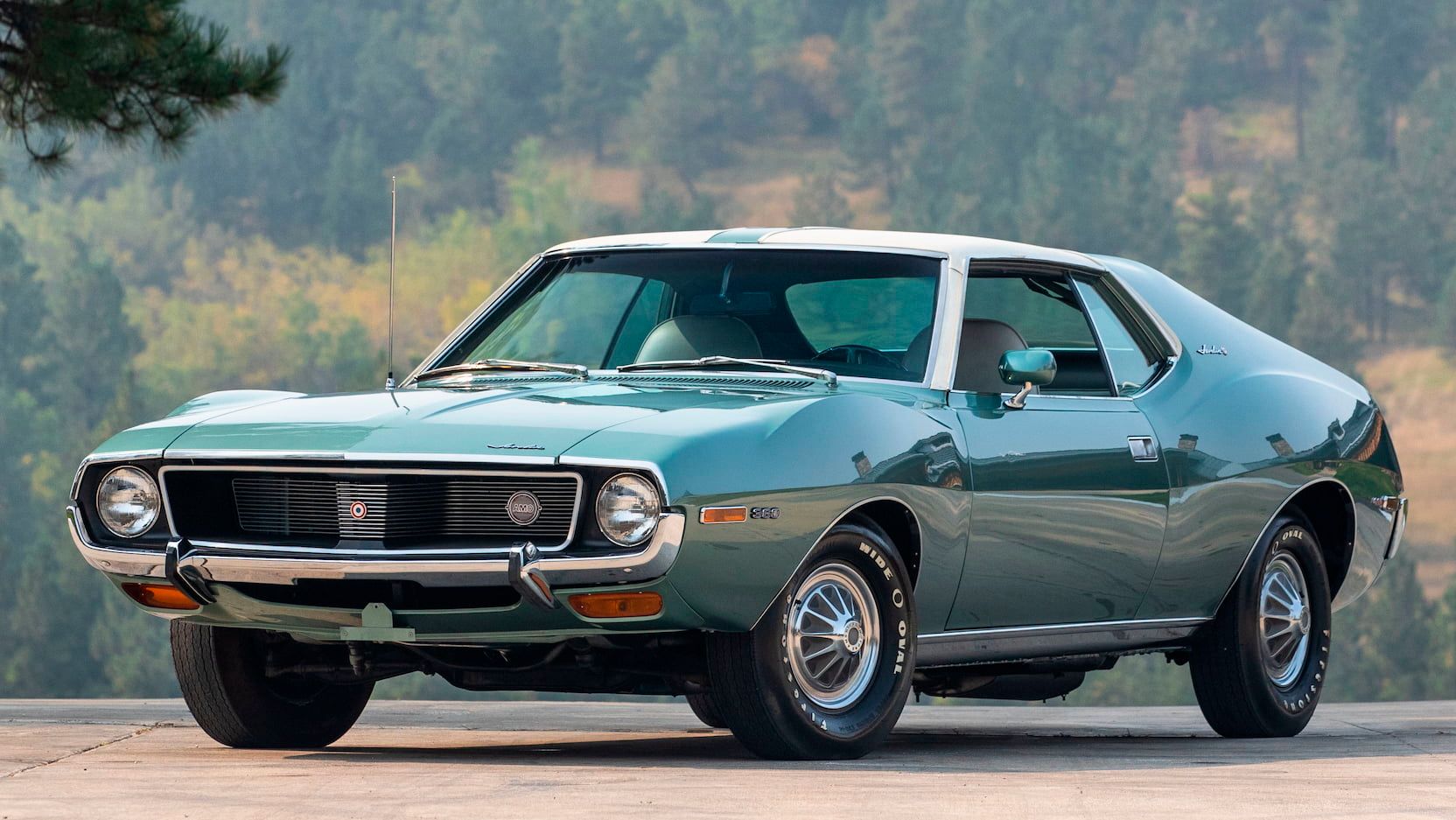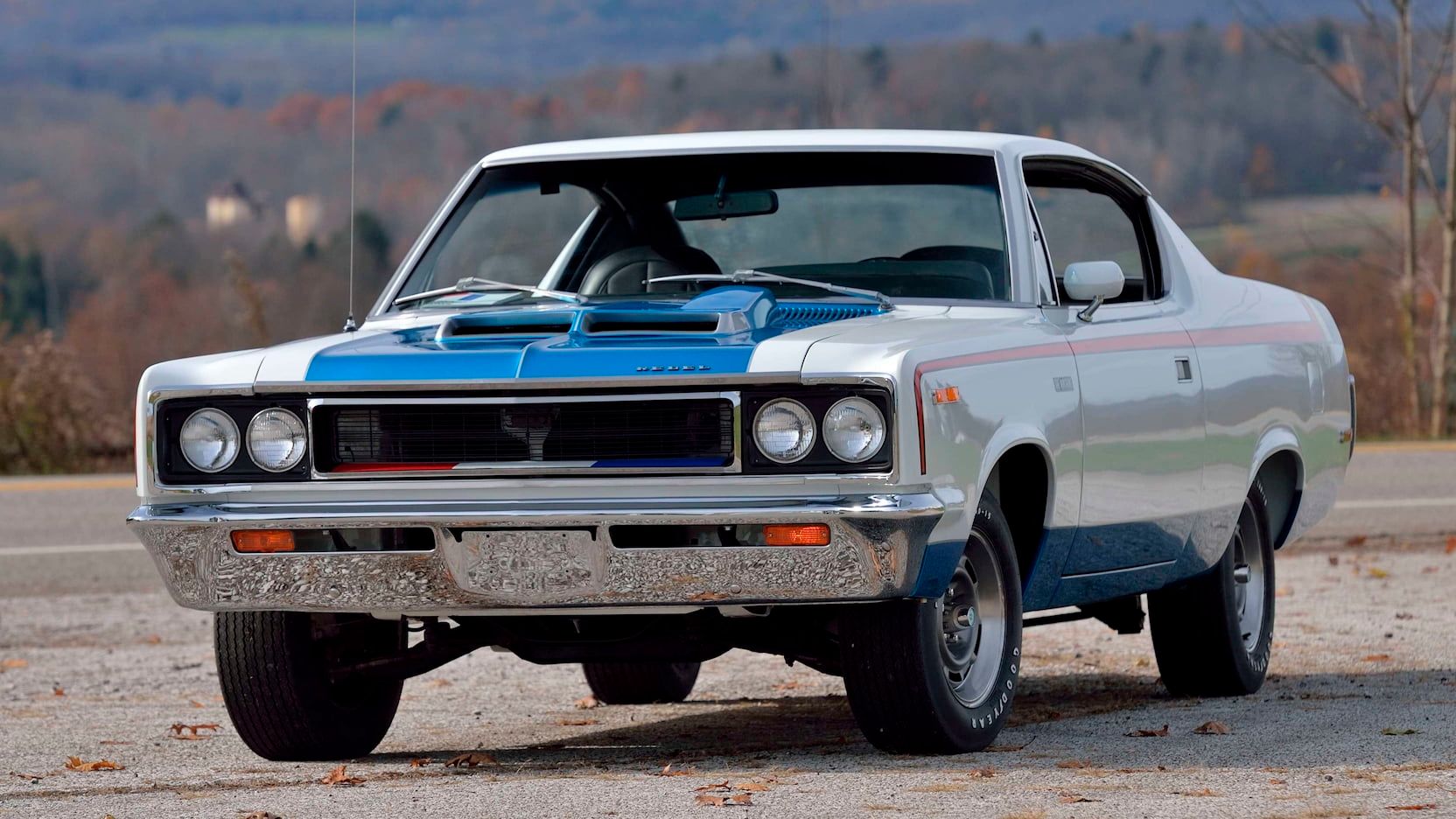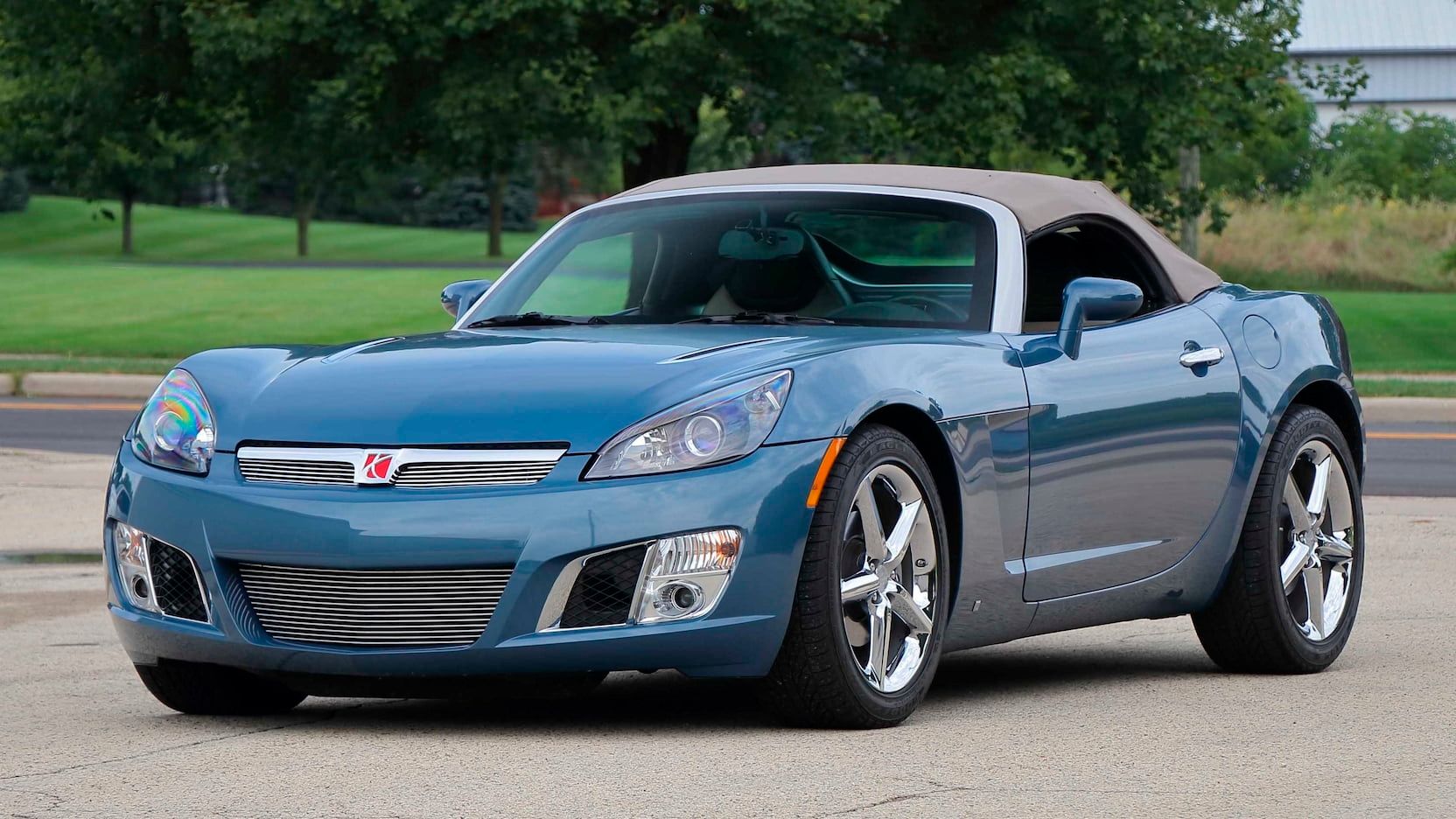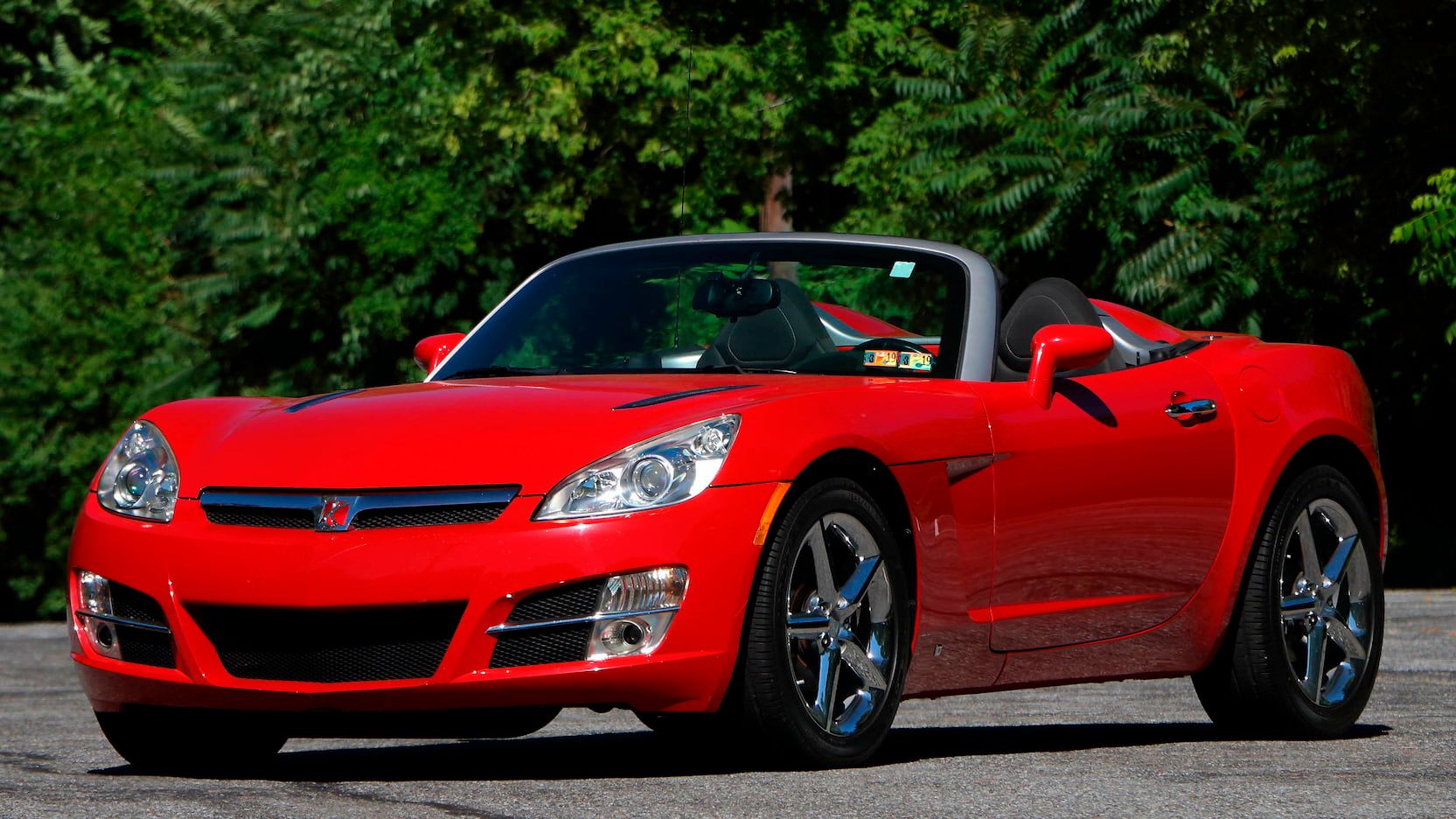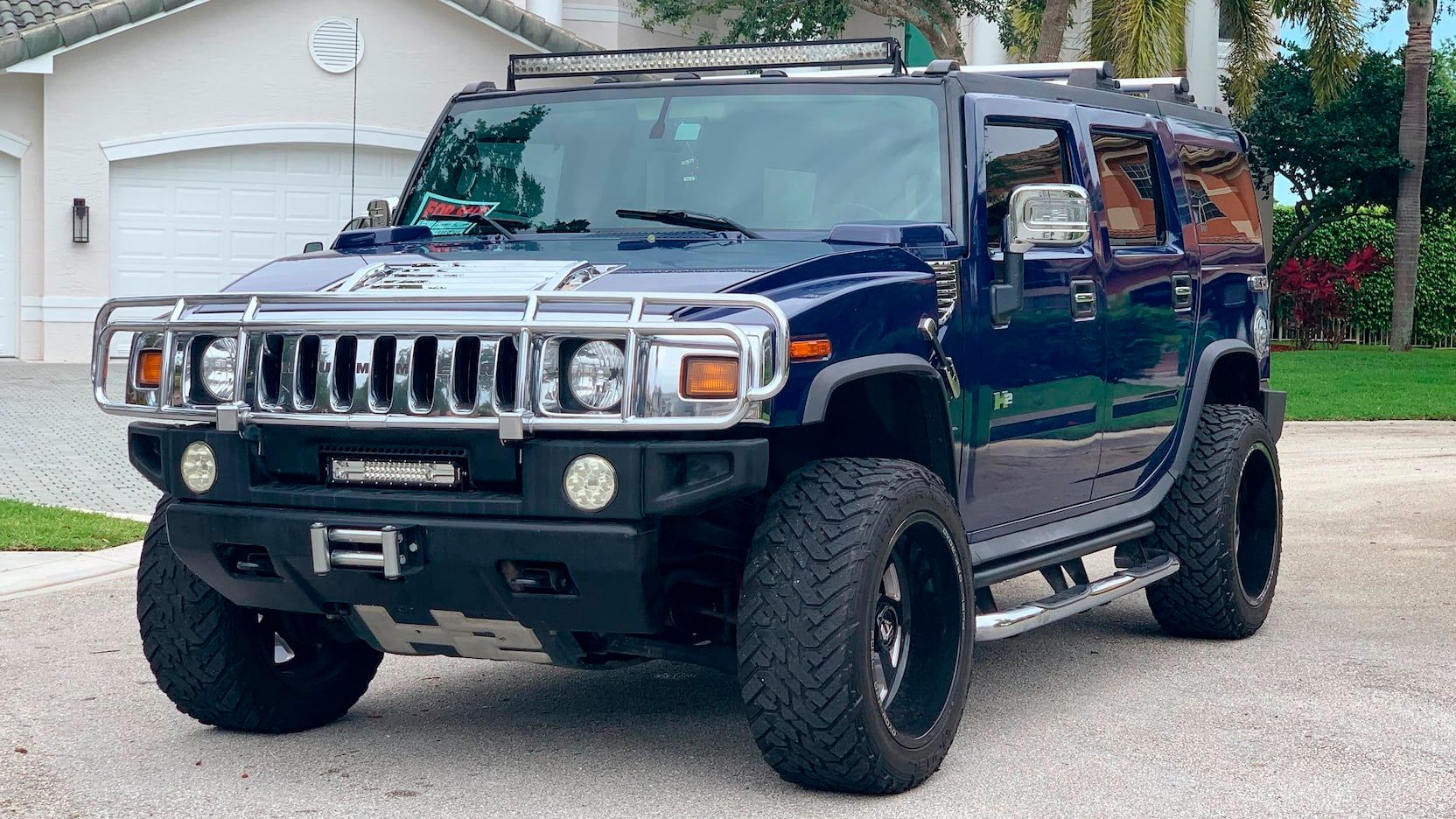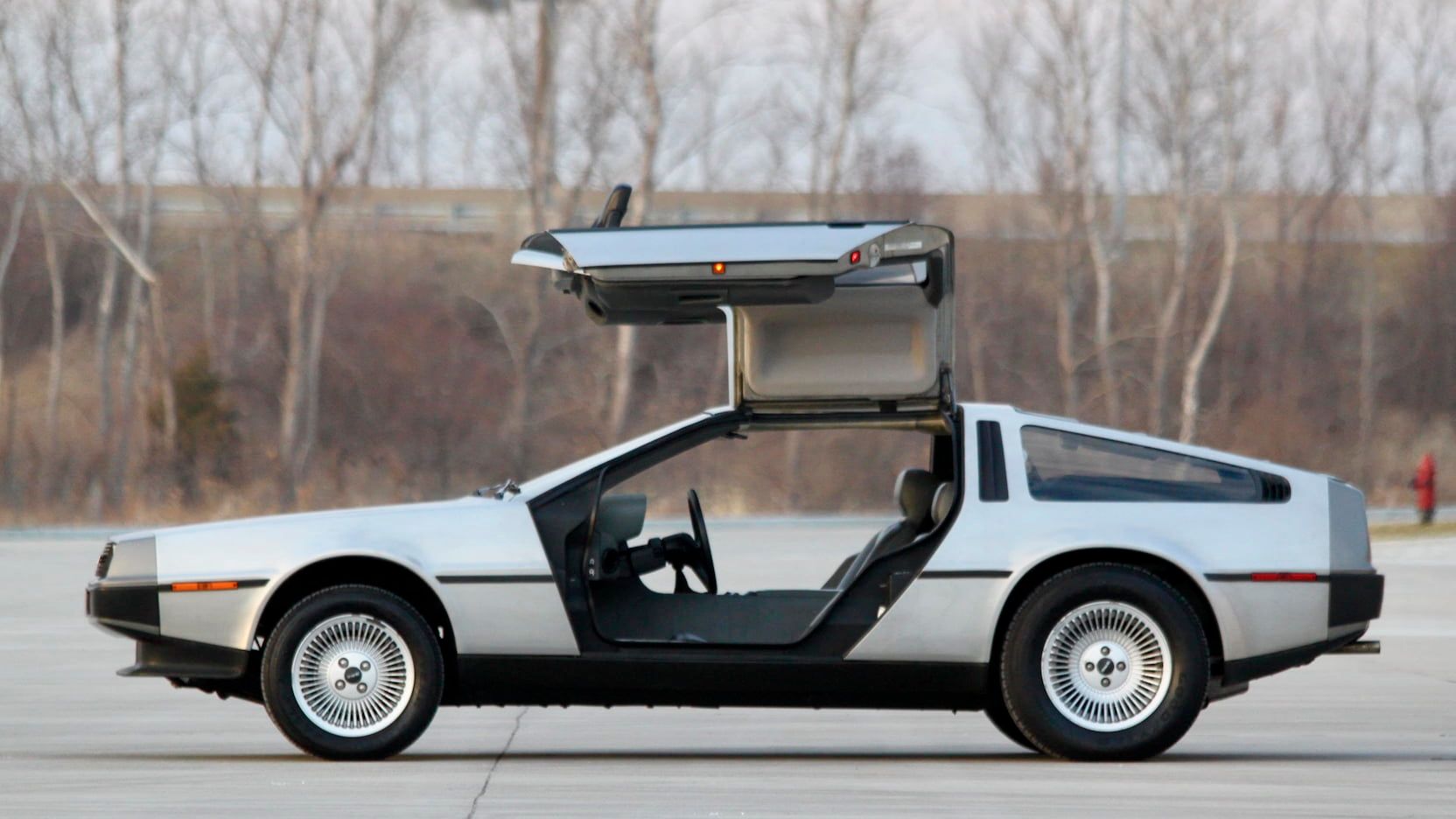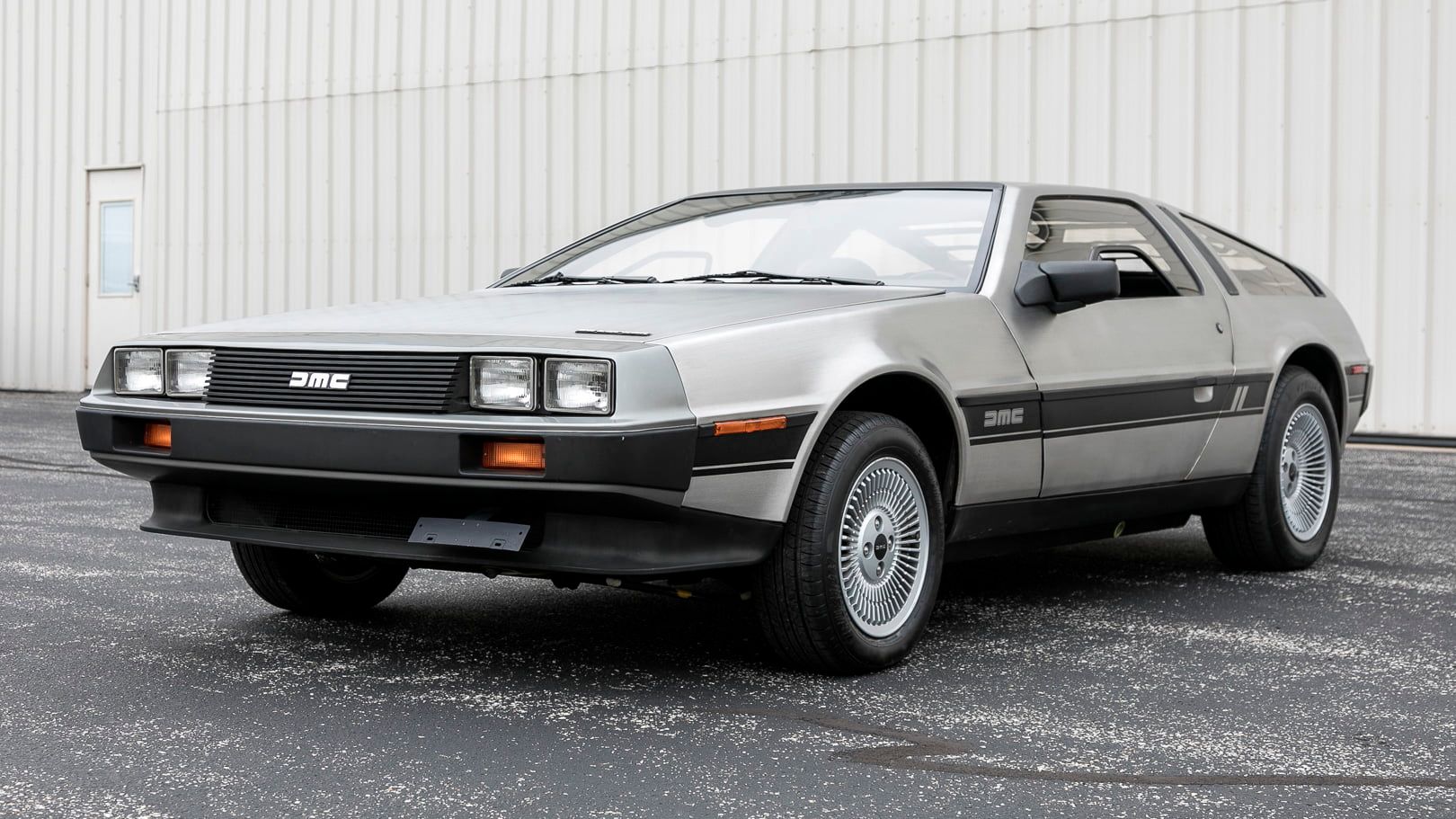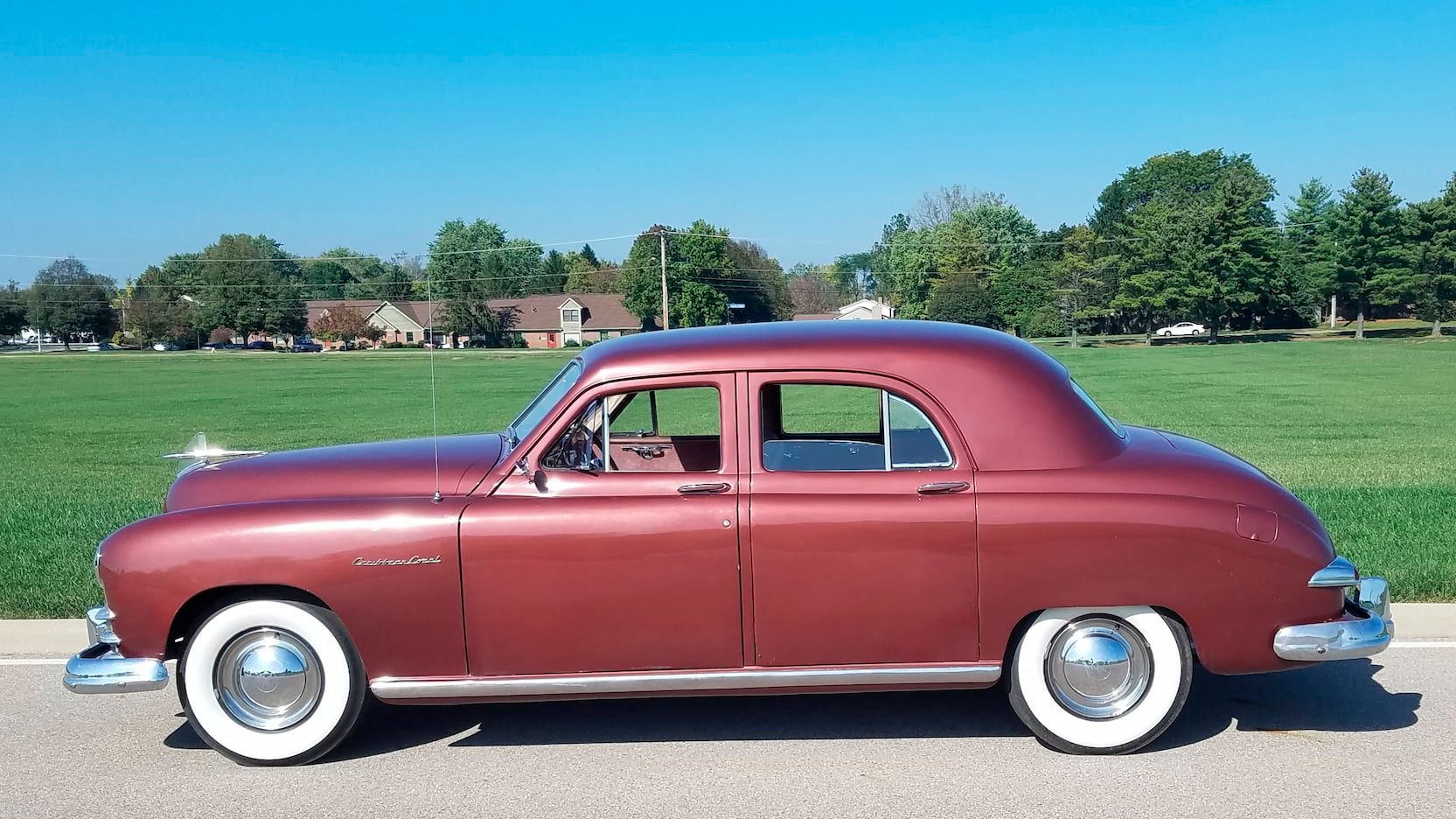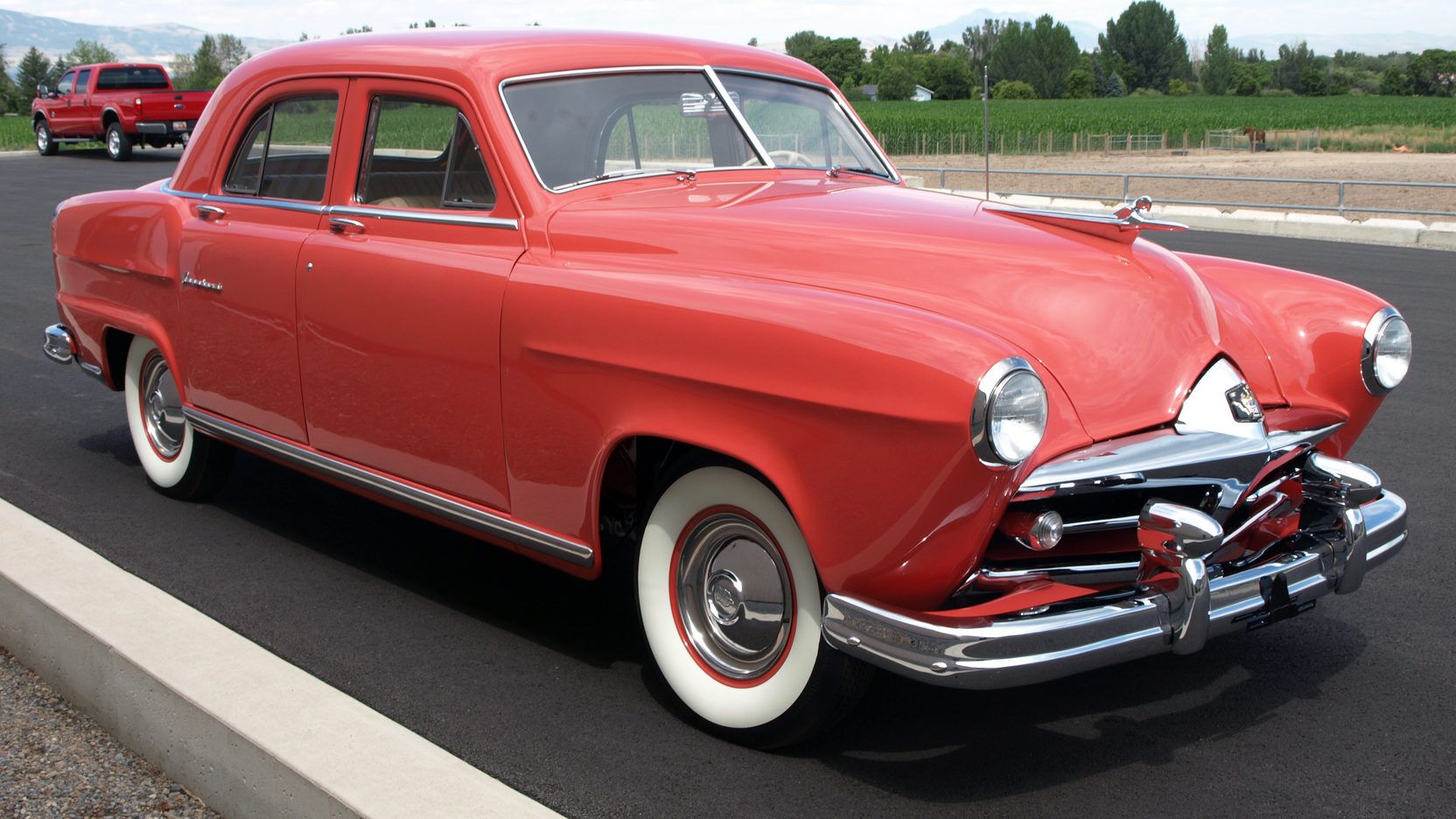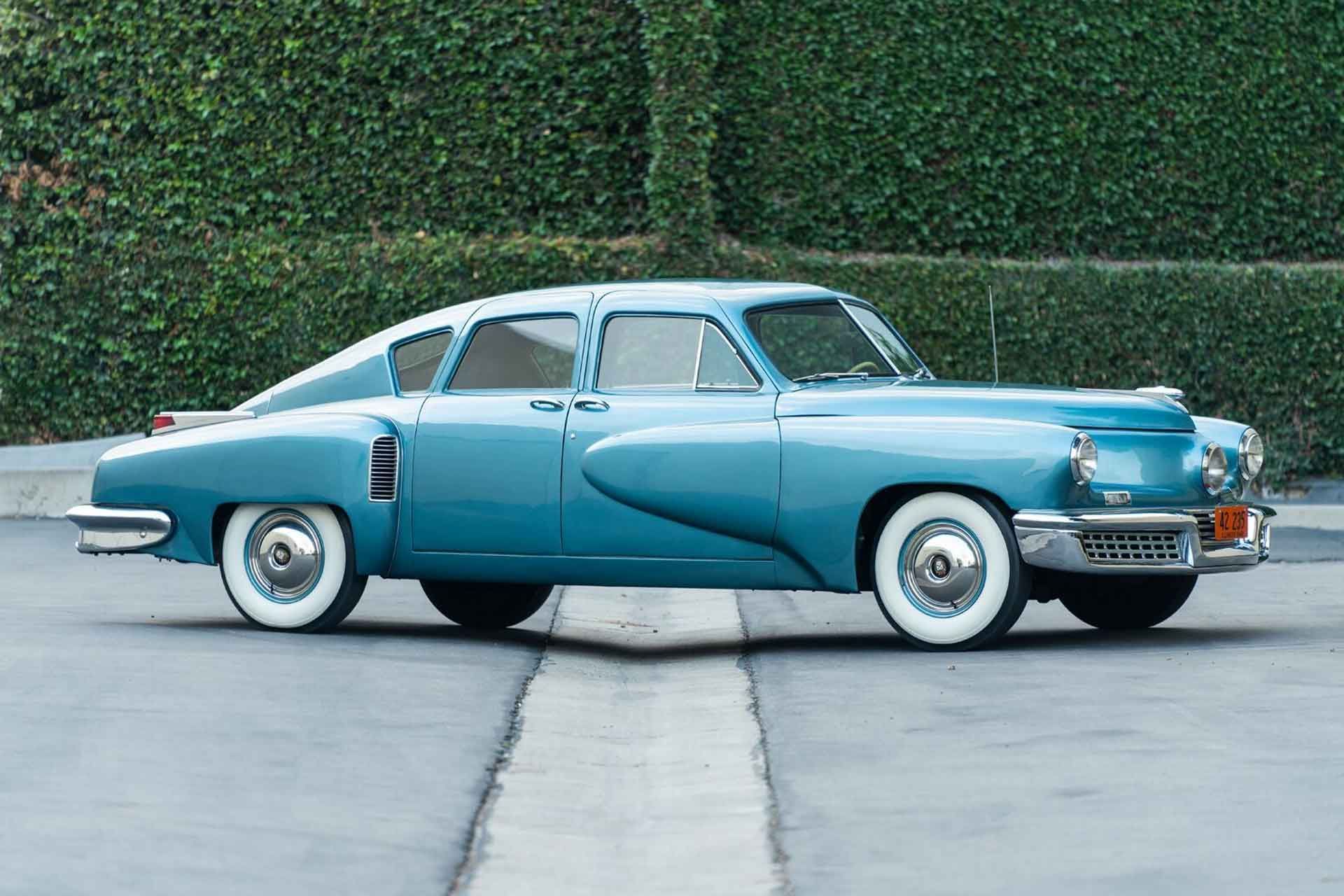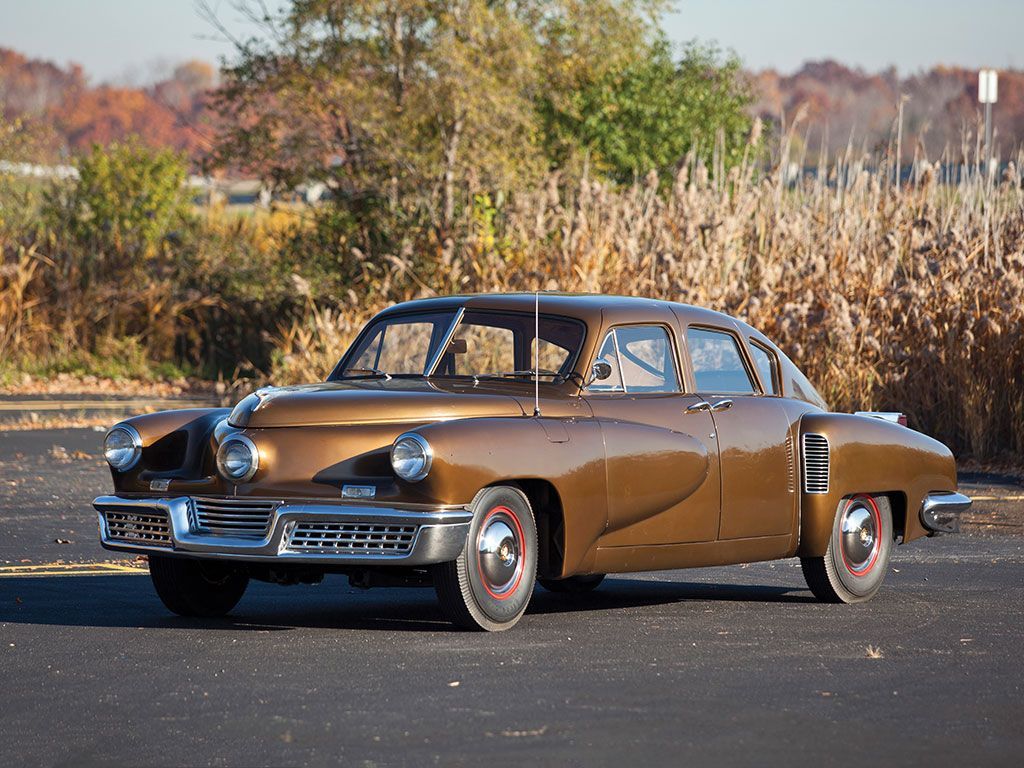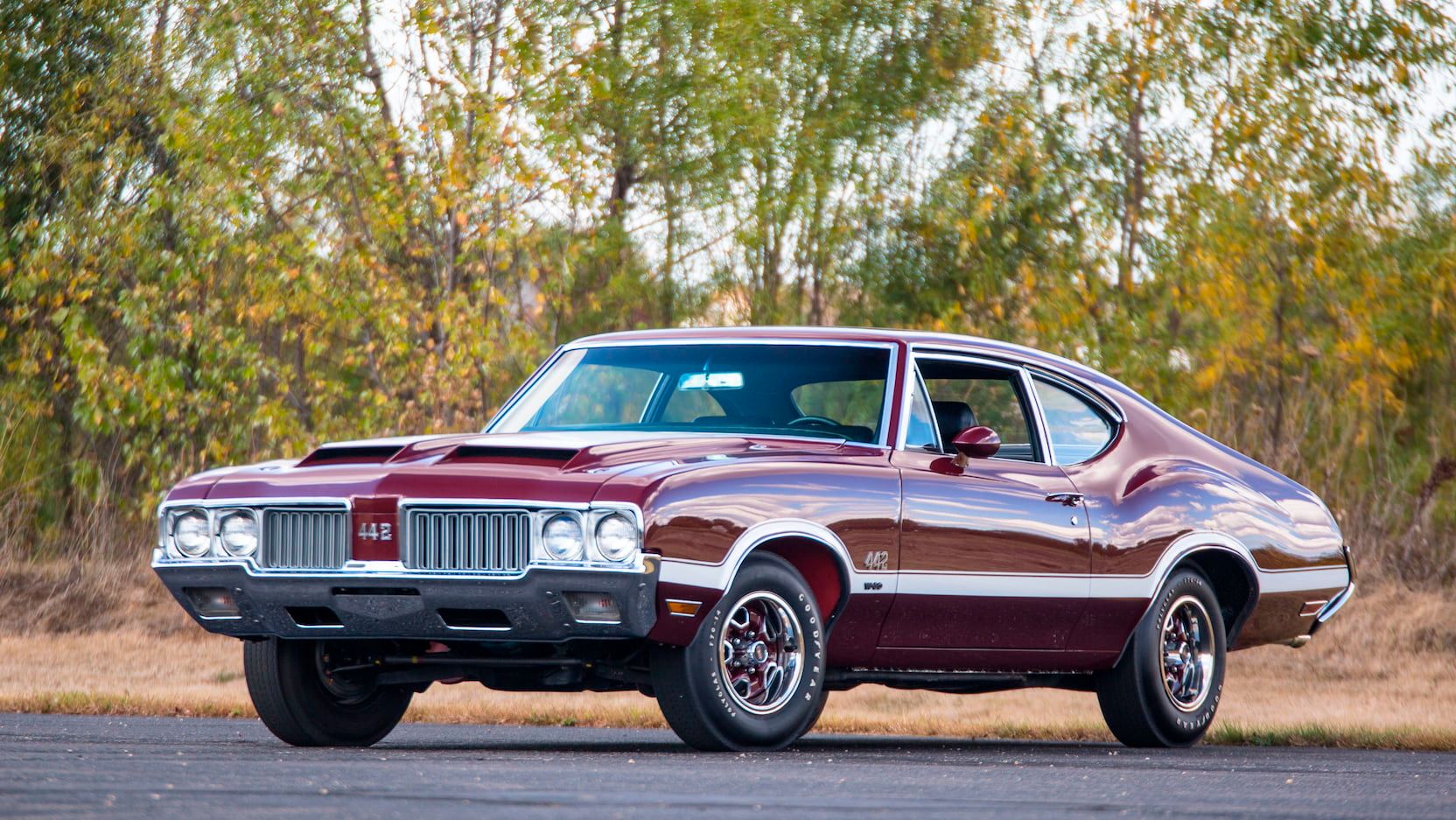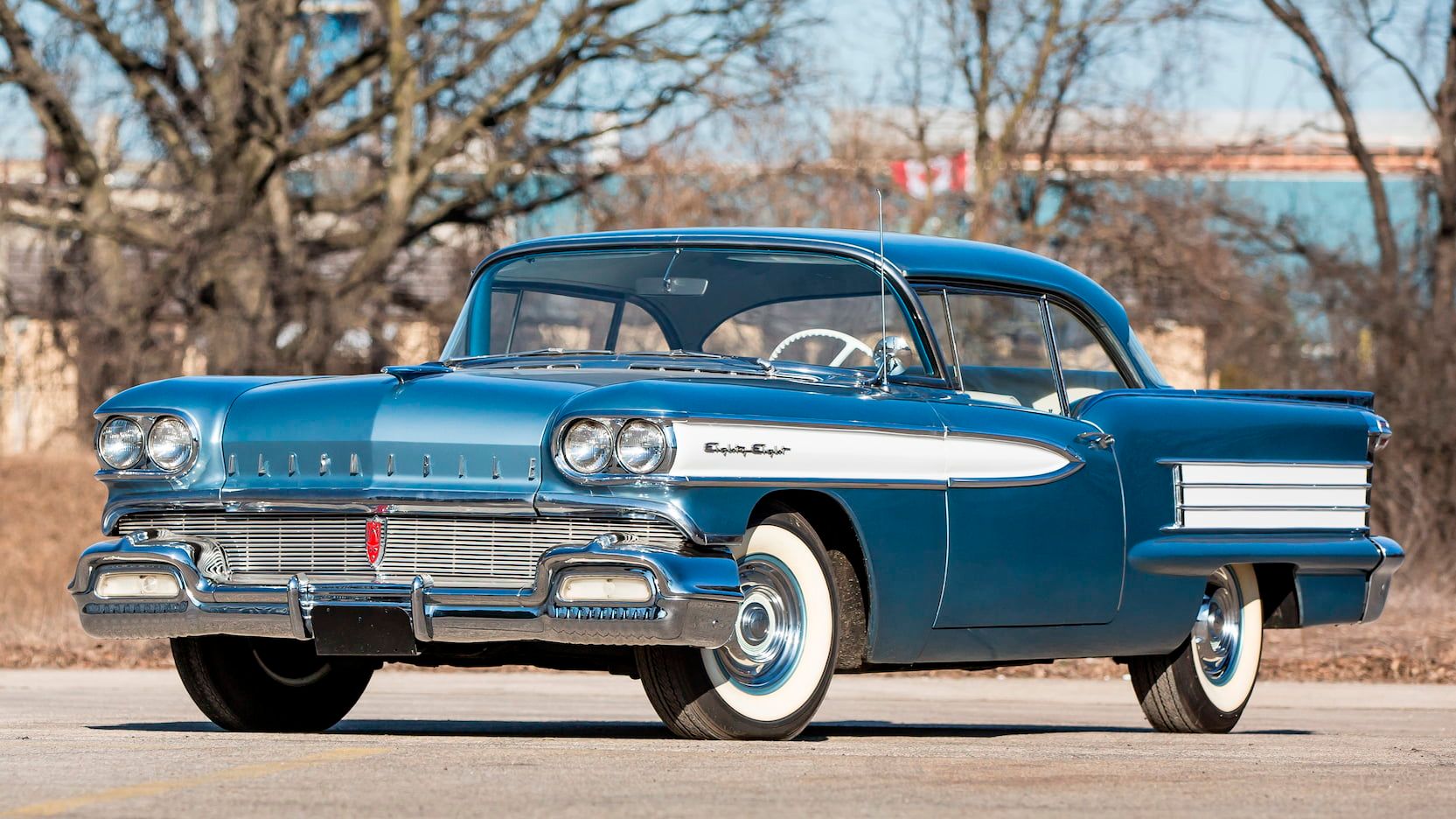The automotive industry is constantly changing, evolving, and adapting. Some brands just seem to be able to adapt and evolve while others can't and so meet their end - although sometimes they are revived years later. Of course, the brands that last for many decades are redesigned generation after generation with the latest generations bearing precious little resemblance to their early self.
Sometimes they carve out a niche for themselves, but over time other car manufactures close in and that advantage evaporates - like the Studebaker. Other times a vehicle is popular during the good times when people have money, but then is suddenly being left in dealership showrooms, like the gas-guzzling Hummer during the financial crisis. Often these cars become classics and collector's cars later in time, while other brands are forever lost to the pages of history. Here are 10 defunct car brands and why they lost the game.
10 Studebaker (1852-1966)
Perhaps one of the most famous of the defunct car brands, Studebaker was funded by blacksmiths of German descent. This family - the Studebakers - made their first electric car in 1902, their first gasoline car in 1904, and quickly built up a reputation for good quality and reliable cars.
Surviving the Great Depression, they fought disastrous price wars with Ford and GM in 1953. The following year, Studebaker merged with Packard, though eventually had to merge into oblivion with Worthington Corp. in 1967.
9 Pontiac (1926-2010)
This long-running car brand was one of the victims of General Motor's 2008 Chapter 11 bankruptcy reorganization. Funded in 1926, it was an icon of the 1950s and 1960s and was introduced as a cheaper alternative to more expensive luxury cars in its class.
This fast racing muscle car was facing safety concerns and the oil crisis of the 1970s and 1980s further hit its image. After that, it saw a slow decline until the ax came down in 2010.
8 Mercury (1938-2011)
This defunct division of the Ford Motor Company was a mid-priced car at its initial introduction in 1938. It competed against GM's Oldsmobile and saw its sales slump in the mid-1940s - at which time Mercury merged with Lincoln.
Mercury's Marquis and Grand Marquis proved to be very popular models for several decades from the 1960s through the 2000s. But finally, with an aging and narrowing demographic, the sales once again slumped until Ford closed up shop.
7 American Motors Corporation (AMC) (1954-1988)
Resulting from the merger between Hudson Motor Company and Nash-Kelvinator Corporation in 1954, AMC was born from, at the time, the largest cooperate merger in American history. Looking to exploit gaps and niches left by America's "Big Three," AMC competed with the likes of Studebaker and Packard.
Despite their hugely successful cars, which kept the company afloat during the 1970s, its lineup continued to age. Finally, by the 1980s, Chrysler was eating into AMC's market and the company became unviable.
6 Saturn (1985-2010)
Yet another casualty of the financial crisis of 2009, GM's Saturn division also saw the chopping block. Saturn marketed itself as a "different kind of car company" and for a long time was actually operated somewhat independently of GM.
It boasted its own assembly plant in Spring Hill, Tennessee, and sported a number of unique models. Following a failed bid by Penske Automotive to acquire Saturn, GM shut this unprofitable division down.
5 Hummer (1992-2010)
The vehicle of choice for "The Governator," the Humvee was inspired by the US military. These symbols of American gas-guzzling vehicles just couldn't survive the massive slump of the Great Recession in 2010.
Still, GM is bringing back the nameplate for a new series of electric vehicles. The GMC Hummer EV will be available in both pickup truck and SUV forms. They are scheduled for production in the fall of 2021.
4 DeLorean (1975-1982)
DeLorean has a few distinctions. One is that it is remembered for one particular model it produced - the gull-winged, stainless steel DeLorean DMC-12 sports car. Another distinction is its brief but turbulent history where its demise was linked to its owner John DeLorean agreeing to bankroll drug trafficking.
While John DeLorean was later acquitted, it killed his company. Since then, the cars have gained something of a cult following, mainly thanks to the Back to the Future movie franchise.
3 Kaiser-Frazer (1945-1953)
Taking advantage of America's total war economy when the Big Three were totally focused on military production, and so by war's end were still selling pre-war models, Joseph Frazer and his business partner Henry Kaiser entered the fray with a totally new car.
Joseph Frazer quit the company in 1951, and in 1952, the company renamed itself Kaiser Motors. It continued until 1970 when the then Kaiser Jeep Corporation was purchased by AMC.
2 Tucker (1944-1950)
Yet another opportunistic entrepreneur of WWII and the distracted Big Three with the total war economy — Preston Tucker jumped at the golden opportunity with his Tucker 48 Sedan. The Tucker 48 featured what was then a ton of all-new futuristic safety innovations.
Tucker tried to fund his car by selling accessories and spots on the waiting list for his car, but this had the effect of triggering an SEC investigation and trial. Later, all charges were dropped, but it damaged his enterprise so much that the company folded under a mountain of debt.
1 Oldsmobile (1897-2004)
Originally an independent company, Oldsmobile was purchased by General Motors in 1908. It produced over 35 million vehicles in its time and had a reputation for groundbreaking technology and designs.
But over time, it fell behind and its performance image waned. Without its former image and reputation, it fell into terminal decline.
In conclusion, some car brands fail because their competitive advantage slips over time, while others lose the game in the early and vulnerable startup days because their fortunes were still linked to those of their founders.


